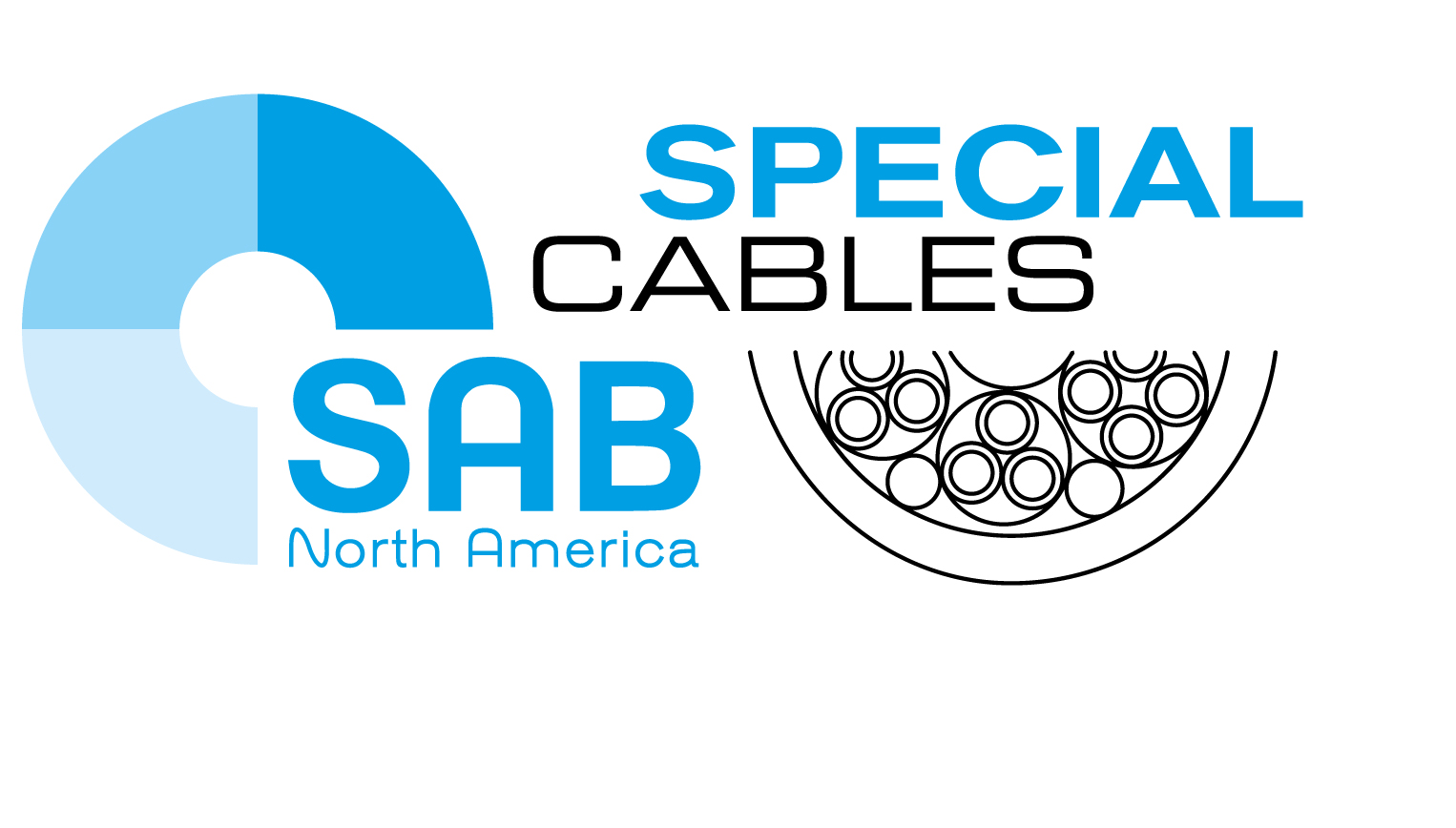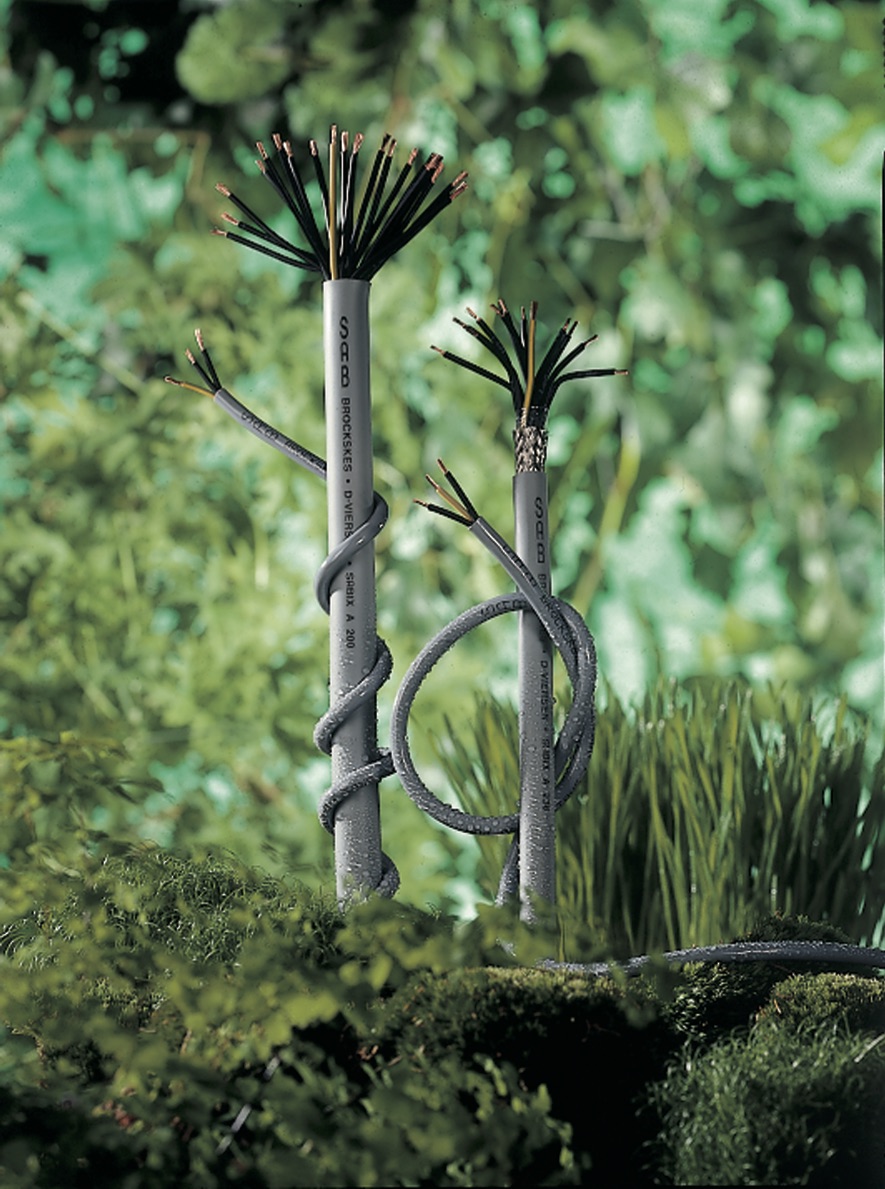Most wires and cables use halogen-based insulation materials in order to resist heat and keep costs low. When halogens burn, however, they react with hydrogen to emit toxic or corrosive gases and dark smoke. These conditions can present serious, and sometimes deadly, health and safety risks especially where airflow is limited. In order to mitigate these risks, wire and cable vendors have developed low-smoke halogen-free cables.
Where and How Are Halogen-Free Cables Used?
Any application where smoke caused by burning halogens can threaten human health or cause equipment damage is suitable for halogen-free cables, especially confined gathering places like train cars, subway tunnels, public buildings, airplane cabins, shipboard, people movers and submarines.
Basically, there aren't many cabling requirements that can't be met by low-smoke halogen-free products. Halogen-free cables are well-suited for data, control signal and power circuits, such as those found in assembly lines and control panels, and they are available for CAT 5e, CAT 6, CAT 6A and CAT 7A applications. Underwriters Laboratory certifies halogen-free and low-smoke cables based on IEC 6281. When choosing cables for rail vehicles in Europe, make sure they meet DIN EN 45545-2 requirements.
Here are the different types of low-smoke cables and some of the key characteristics to consider for your application:
- Low smoke zero halogen (LSZH). These cables do not emit toxic gases and burn only a small amount of clear smoke. However, they are not flame retardant.
- Low smoke and fume (LSF). Although they emit a small amount of black smoke and toxins, it is well within the levels of standard wire and cable. They are not 100 percent halogen-free, and are also not flame retardant.
- Flame retardant and noncorrosive (FRNC). This cable type features self-extinguishing properties and prevents the spread of flames. While they can be more expensive, they offer the highest level of protection.
Engineers and installers of low-smoke cables can realize even more benefits for their LSZH and FRNC cables. SAB North America produces more than 50 halogen-free cables featuring its SABIX® material, which is characterized by:
- Heat resistance up to 180°C.
- Low smoke density according to DIN, VDE, IEC and EN.
- Flame retardant and self extinguishing according to DIN, VDE and IEC and EN.
- Halogen-free according to DIN, VDE and IEC.
- Light weight and flexibility for installation into narrow spaces.
One particular SAB LSZH (FRNC) product, the SABIX® Ultra, even meets the highest fire protection standards of EN 60332-1-2, EN 60332-3 Cat C or D, IEC 60754-1, IEC 60754-2, EN 61034, DIN EN 50306, DIN EN 60684, NF C 32-070 C1 and NF X 70-100.
SAB also offers SABIX® BlueLine cables for the marine and shipboard industries with cables meeting ABS, Lloyds, DNV-GL, RINA and RMRS.
Choose the Safest, Most Reliable Cables Available
As more industries and certification organizations emphasize safer materials in cables, engineers and installers will increasingly consider low-smoke and halogen-free cable options. LSZH SABIX cables are designed for the highest level of safety in fires, meet UL and international standards including stringent European railway requirements, and they are highly flexible. With SAB LSZH cables, you’ll be certain you are using the safest, most reliable cables available.
For more information about SAB NA halogen-free cables, download our white paper.


